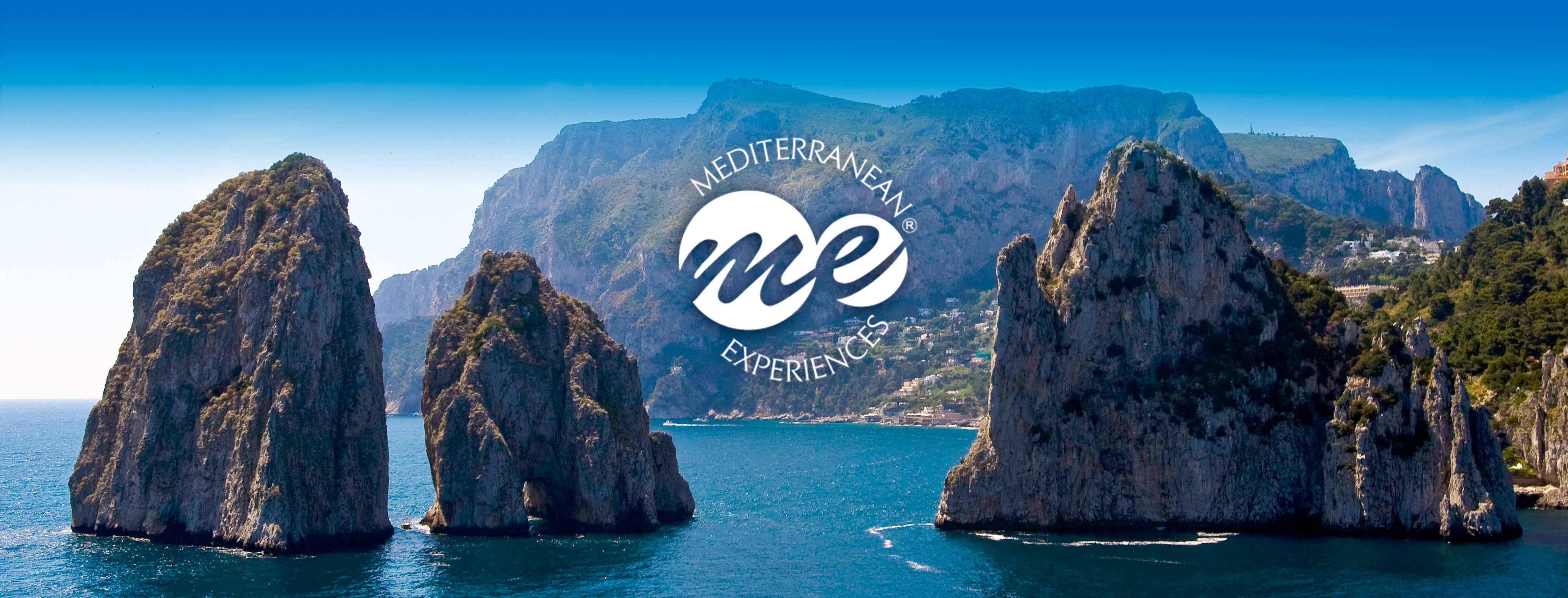
Iberia enters written records as a land populated largely by the Iberians,Basques and Celts. After an arduous conquest, the peninsula came under the rule of the Roman Empire so they had control of it for over six centuries. Spain shares borders with Portugal, Gibraltar and Morocco. Spain also includes the Balearic Islands in the Mediterranean Sea, the Canary Islands in the Atlantic Ocean and many others.Thanks to geography, culture and climate the Spanish cuisine consists of a great variety of dushes. It is heavily influenced by seafood available from the waters that surround the country, and reflects the country’s deep Mediterranean roots. In particular, three main divisions are easily identified: Mediterranean Spain –heavy use of seafood(fried fish), cold soups like gazpacho, and the well-known paella from Valencia. Inner Spain – hot, thick soups such as the bread and garlic-based Castilian soup, along with substantious stews such as cocido madrileño. Food is traditionally conserved by salting, like Spanish ham, or immersed in olive oil, like Manchego cheese. Atlantic Spain – the whole Northern coast, including Asturian, Basque, Cantabrian and Galician cuisine – vegetable and fish-based stews like caldo gallego and marmitako.
